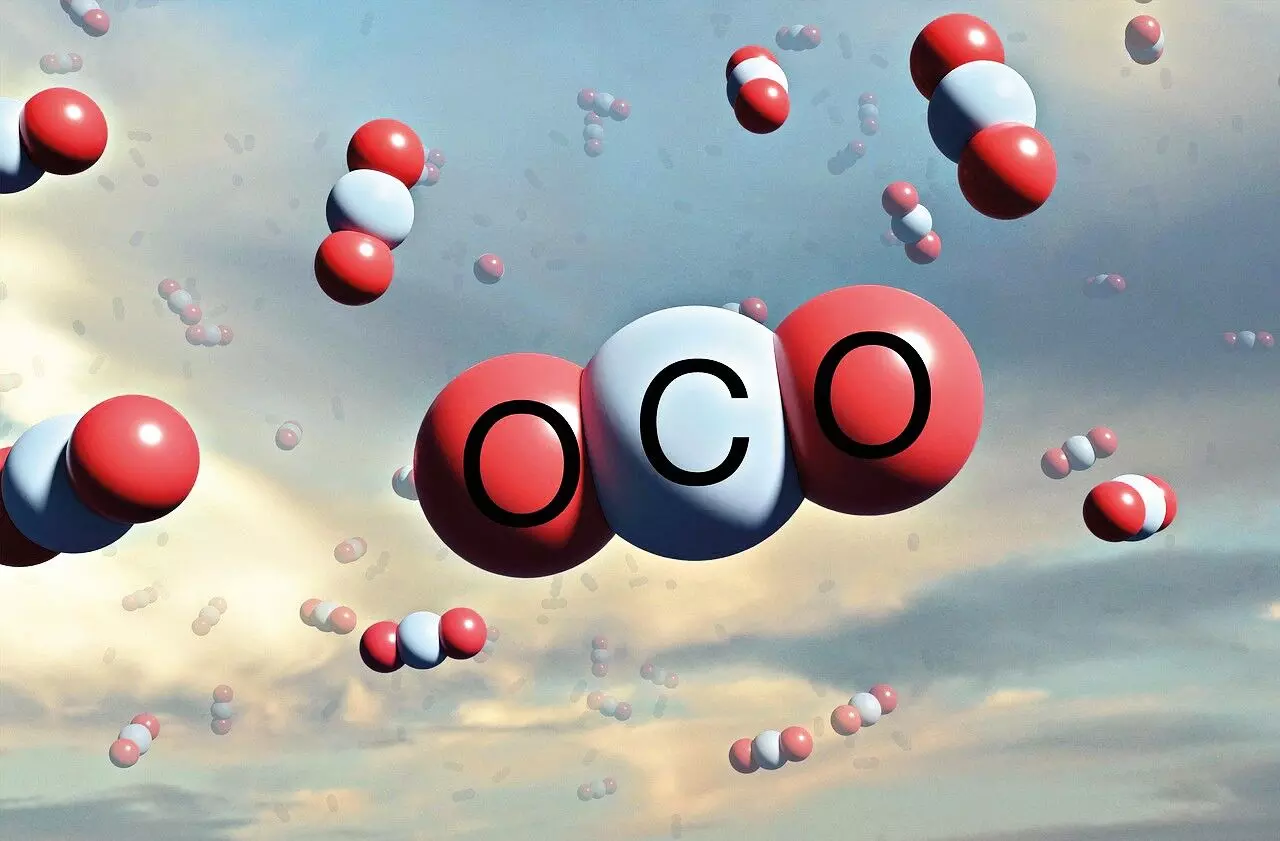Cleaner, but Costlier
As carbon taxes are reshaping global trade, the EU and UK’s CBAMs have sparked a clash between climate responsibility and economic fairness, forcing developing nations to balance green transitions with competitiveness

Issues of climate change and global warming have found a way into international trade, with the EU and UK taking a lead in announcing the imposition of carbon taxes on imports, under a Carbon Border Adjustment Mechanism (CBAM). In this two-part article, we will look at the issues at the intersection of trade and climate change in greater detail. In the first part, we will discuss the trade aspects of CBAM and its impact on developing countries. In the second part, we will take a look at the challenges in the ‘hard to abate’ sectors such as Iron and Steel, Cement and Fertilizers.
CBAM: The Basics
The CBAM is simply a tax on the import of goods, which reflects the carbon content in such goods. The EU and the UK are the leading proponents of the CBAM, with Canada considering such a measure in the future.
At the moment, only the EU has a CBAM in place, which was enacted in October, 2023 as a part of its ‘Fit for 55’ package. The ‘Fit for 55’ package is a wide-ranging set of proposals covering sectors such as Buildings, Trade, Energy and Transport adopted by the EU in October, 2023, with a view to cutting emissions by 55 per cent from 1990 levels by the year 2030. The EU has taken a decision to become net-zero by 2050. The EU’s CBAM, which will take effect in 2026, imposes a tax on certain products such as iron, steel, aluminum, electricity, cement, fertilizers and hydrogen. Similarly, UK’s CBAM, which is scheduled to begin on January 1, 2027, covers the imports of carbon intensive products such as iron and steel, cement and fertilizers.
Impact on Developing Countries
Most developing countries including India have argued that not only is the CBAM WTO non-compliant, but also that the onus of Mitigation and Adaptation measures rests primarily on developed countries. The developing countries have further argued that any CBAM must be accompanied by compensation to firms of developing countries in the form of finances and technology.
The total crude steel production in the world in 2023 was a little less than 2 billion tonnes. Out of this, China alone accounted for about 50 per cent of the production. India with an output of 140 million tonnes and the EU with 135 million tonnes were far behind. Of the total steel production, only 30 per cent was produced by the DRI-EAF method in the world. This figure for EU was 55 per cent, the US 63 per cent and India 56 per cent. The largest producer continued to use the blast furnace method, with 90 per cent of steel coming from it.
In the case of cement too, China is the largest producer in the world, followed by India and Vietnam. The world produces 5 billion tonnes of cement, out of which China produces 2.5 billion tonnes, India produces about 500 million tonnes and Vietnam about 110 million tonnes. These countries use the traditional way of producing cement, which is not only energy-intensive, but also releases large amounts of carbon dioxide in the manufacturing process itself, as was discussed above.
In Fertilizers too, developing countries such as India and China are large producers, but also big importers. Either way, a CBAM on fertilizers will impact many developing countries with large agricultural sectors.
Conclusion
To make green steel, cement or fertilizers, is clearly more costly and these green manufacturing processes are being used in the developed regions of the world such as the EU, the UK and the USA. A CBAM on imports of Iron & Steel, Cement and Fertilizers is likely to make developing country exports more expensive. Even though the CBAM is unfair to developing countries, it is also a fact that better and green manufacturing processes are needed to arrest greenhouse gas emissions. To resolve the deadlock, some of the solutions that come to mind are:
- Increased contribution to the Climate Financing in accordance with the decisions at various Conference of Parties (COPs). The COP29’s target of mobilising USD 100 billion per year is therefore a very welcome though belated decision.
- Transfer of the latest manufacturing technology to developing countries in Iron & Steel, Cement, Aluminum and Fertilizers.
- Joint ventures between developed and developing country manufacturing in these areas, with latest technology projects being located in developing countries.
- Creating a special corpus for the Small and Medium units in these sectors in developing countries.
- Developing Countries should voluntarily take a lead in reforming their manufacturing processes by incentivising green steel and cement, and making Carbon Capture and Sequestration compulsory where coal is still being used.
The writer is Additional Chief Secretary, Department of Cooperation, Government of West Bengal



